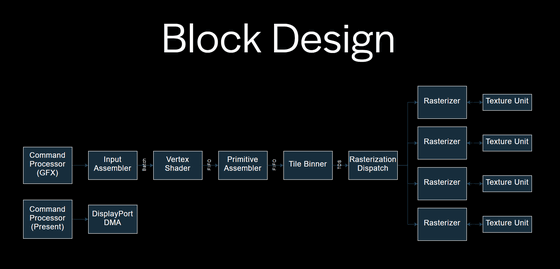Introducing the fully customised FPGA-based PCIe-connectable GPU 'FuryGpu', allowing retro PC games to be played at high resolution and frame rate

FuryGpu is a GPU implemented in AMD's (formerly Xilinx)
FuryGpu
https://www.furygpu.com/

The following movie shows FuryGpu being used to play id software's FPS ' Quake ', released in 1996, at 720p.
FuryGpu Display and Audio Drivers work! - YouTube
Developer Dylan Barry describes FuryGpu as a 'classic tiled rasterizer.' A rasterizer is a device that converts vector images , which consist of point coordinates and lines connecting them, into a raster image represented as a collection of colored dots.
According to Barry, FuryGpu has the following features for efficient graphics processing:
Tiled rendering : The screen is divided into small tiles and each tile is processed in parallel to achieve faster rendering.
Pipeline processing : Each stage (command interpretation, vertex processing, primitive assembly, rasterization) operates in parallel, achieving high throughput.
Fixed Function Units : Dedicated hardware units are responsible for each process, enabling efficient processing.
Graphics commands are loaded from a list in memory, vertex data is transformed by shaders, graphics primitives are assembled and distributed into screen tiles, and finally, four rasterizer units render the tiles in parallel.

Below is a triangle rendered by FuryGPU via the Vulkan-based Fury GL API.
GPU Driver First Frames! - YouTube
Barry also commented on the social news site Hacker News. In it, he revealed that the FuryGpu development project has been going on for more than two and a half years since August 22, 2021, and said that he plans to publish articles about the circuit board schematics, layout, and various drivers in the future. In addition, the price is expected to be relatively inexpensive, and the Kria SoM used as the basis of the hardware is equipped with a Zynq UltraScale+ FPGA with a PCIe core, and it is said that it can be obtained for about $ 350 (about 53,000 yen) per unit even on a development board.
In addition, Barry said, 'Let me be clear, FuryGpu is a toy,' emphasizing that it is only a hobbyist's tool and is not intended to compete with existing commercial GPUs.
Related Posts:







